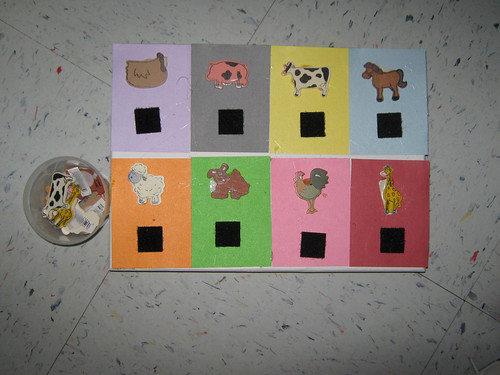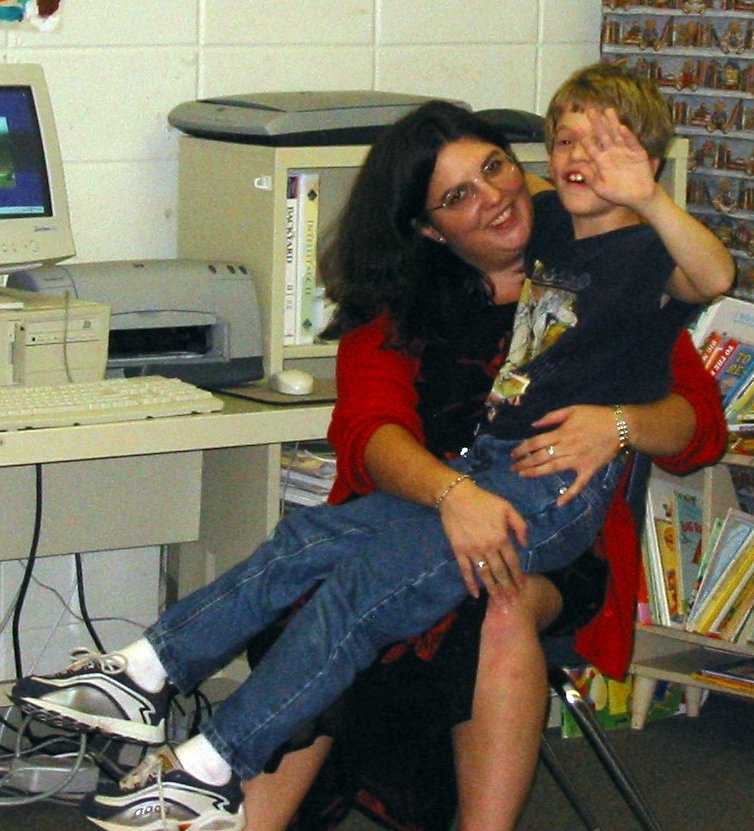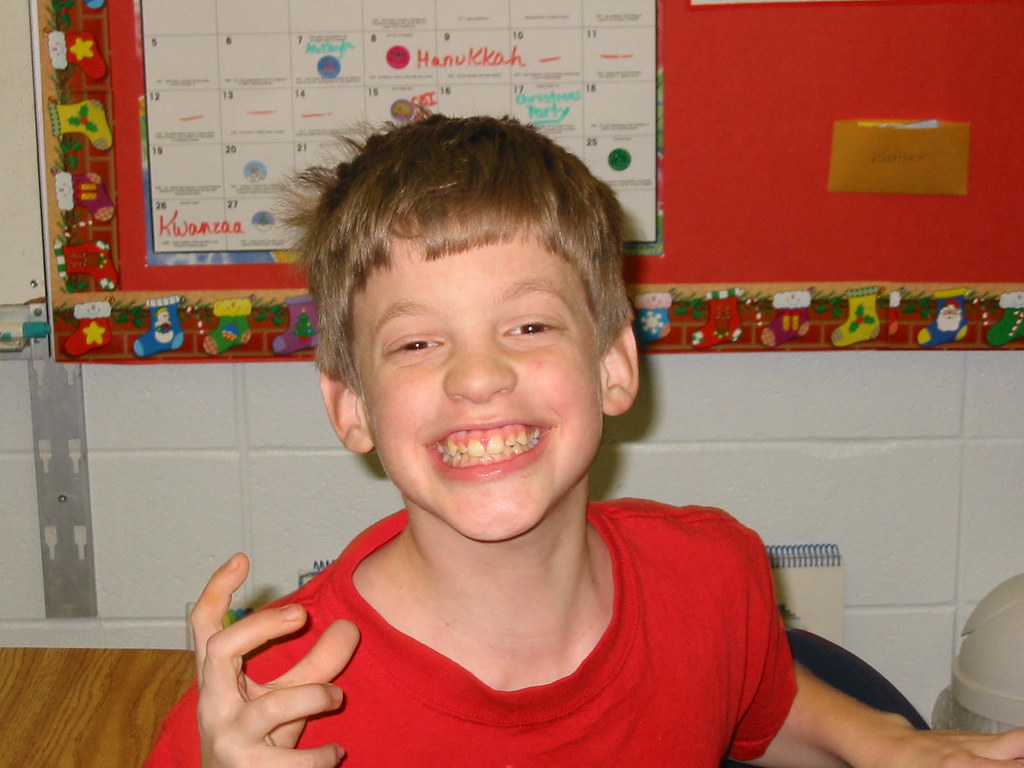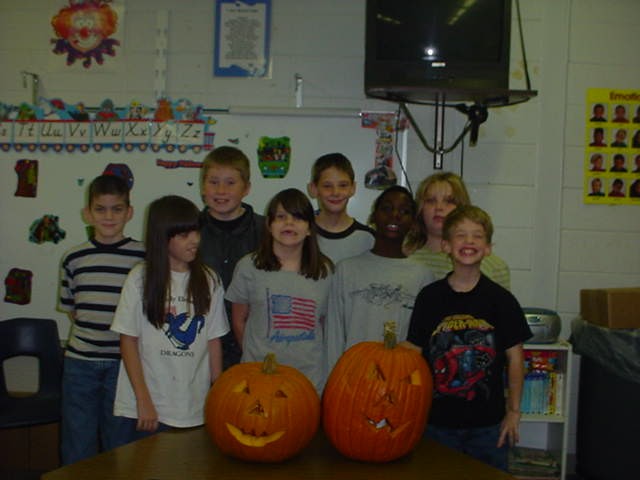OK - so now you know who I am and why I do what I do. But what am I doing here? In the blogosphere? Well - I love what I do! I cannot imagine doing anything else, I adore going to work every day (well - most days) and I think I am good at what I do. Don't get me wrong, I don't think I'm all that, I don't want to come off as cocky, but I've worked very hard to learn how to teach kids with autism and I feel like I am beginning to apply what I've learned in my classroom. Some of my coworkers (and my husband, but he's biased) have encouraged me to share with others. As sort of a test drive, I posted about task boxes on my personal blog (http://nicolemays.blogspot.com/2009/03/task-boxes.html) - and got a pretty good response (it's the only post that ever gets read LOL), so I figured I would try it.
My plans for this blog are to have more posts like the following - basically just a description of something I do in my room, why I do it, how to do it, etc. I hope to intersperse some product reviews/recommendations as well.
So - here is the post that started it all :-)
OK - so this is a different kind of post than usual :-) My husband is trying to convince me to start a blog about teaching kids with autism ... and in preparation of that, I'm going to try to put some posts up here and see how I feel about it ... since nobody reads this anyway, I figure it won't matter and this way I can at least see if I feel like I could do this :-)
So anyway, task boxes. People with autism tend to be very visual thinkers. There's a program called TEACCH (www.teacch.com) and one of the basic principals is visual structure. Applying visual structure to learning activities leads to task boxes. They are self-contained activities (in this first instance, the activity is matching animals). The student can see how much work there is to do and can tell what to do by looking at the materials. The teacher can work one on one with the student on a new activity or skill and when the student starts to become comfortable with the activity, they can work independently to practice the skill. This is more meaningful for the student than completing worksheets because the materials are manipulative and it is also more practical, especially if the student isn't able to read and write (which would make completing a worksheet independently pretty difficult). Additionally, because students with autism often need lots of repetition and practice on a particular skill, you would have to make several copies of the same worksheet and waste a lot of paper - this way you just pull the pieces off and the task is ready to be used again for continued practice.
Task boxes can be purchased from companies pre-made, which I often do (My time is sometimes more valuable than my money and I would rather buy the materials ready-to-use because I don't have time to create them). Some companies I have purchased task boxes from are:
Shoebox tasks
HOT ideas
Some good books with examples of tasks are:
Tasks Galore
How Do I Teach This Kid?
and some websites with awesome examples are:
Preschool Fun
Autism Teaching Tools
SCATC
As for making them - you can find lots of "file folder game" activities for regular ed students online and in teacher stores, many of those same activities work well with students as "task folder" activities. Also some commercially produced materials lend themselves very well to task boxes. Below is a size sorting task I made with a size sorting kit from Lakeshore (www.lakeshorelearning.com) as well as a patterning activity and another size sorting activity I made out of materials from a commercially produced kit I bought from a teacher store or catalog (don't remember which one ...). Pretty much any teaching materials can be glued and velcroed to create a task box.

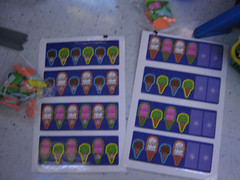
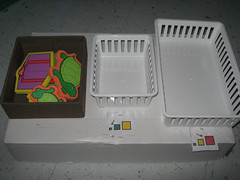
I have also used erasers - they make erasers in all kinds of shapes and you can do lots of matching/sorting/counting activities with those, counters, those foam shapes, buttons, beads, dollhouse furniture and accessories, etc. I went to Hobby Lobby and Michaels, bought lots of these things and made tons of task boxes in the past few weeks (I have a student teacher and have time to do things like this now lol). Here are some more examples of the ones I made. For the "box" part of it (the base), I used little plastic baskets, lids to paper boxes that copy paper comes in, plastic trays, boxes meant to store and file photos in, and sometimes just a piece of cardboard or posterboard. Anything sturdy enough to attach the base pieces to!
Sorting by shape using foam shapes:
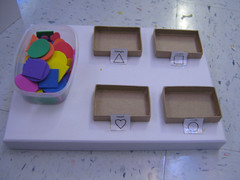
Sorting by category (things in the kitchen, things at the beach, things we eat, desk items, tools) using scrapbook/craft buttons:

Sorting nonidentical objects (balls, dogs, and birds) with miniature dollhouse accessories:
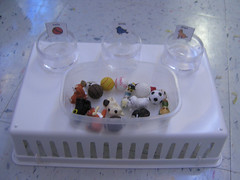
You can see more examples of mine here
